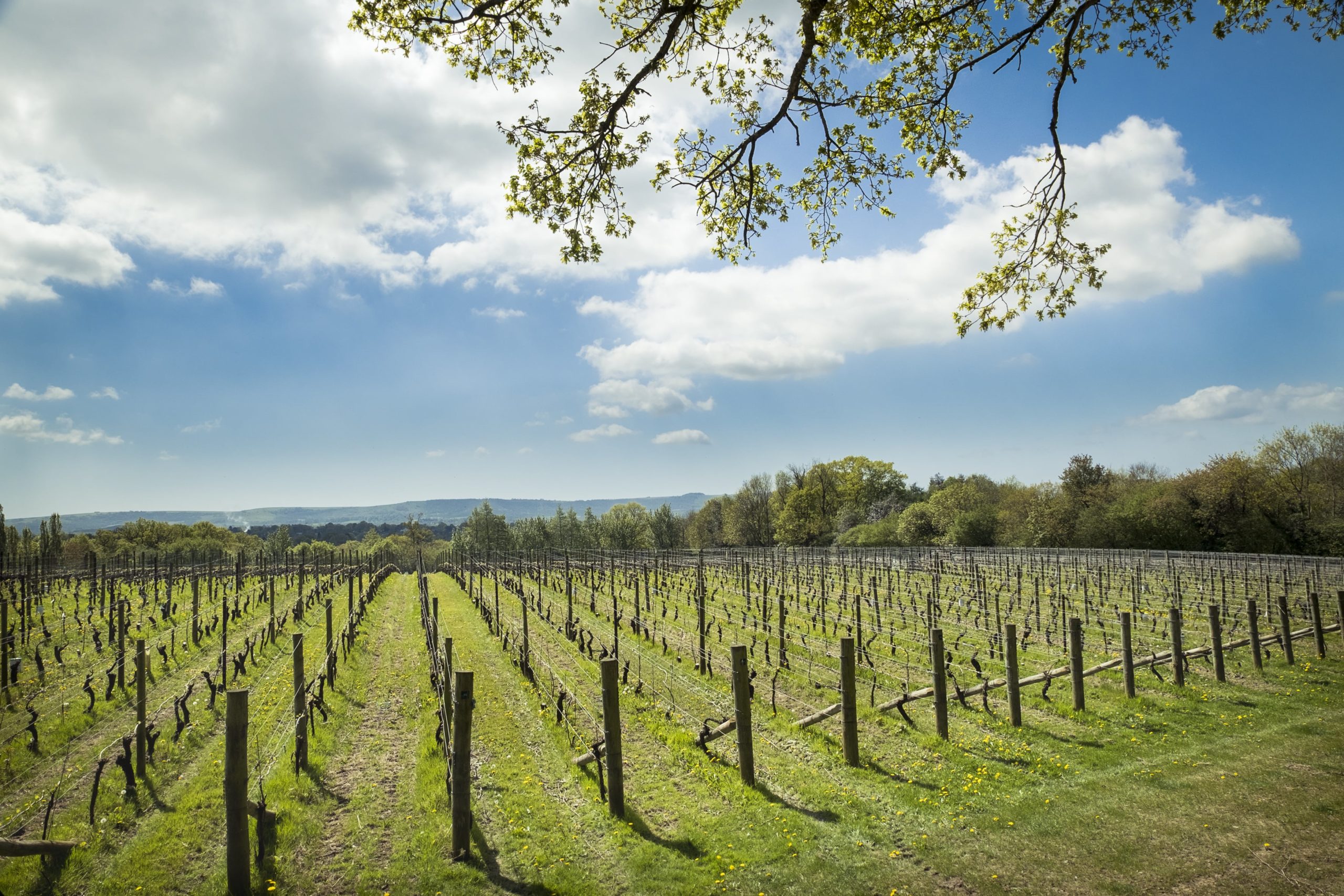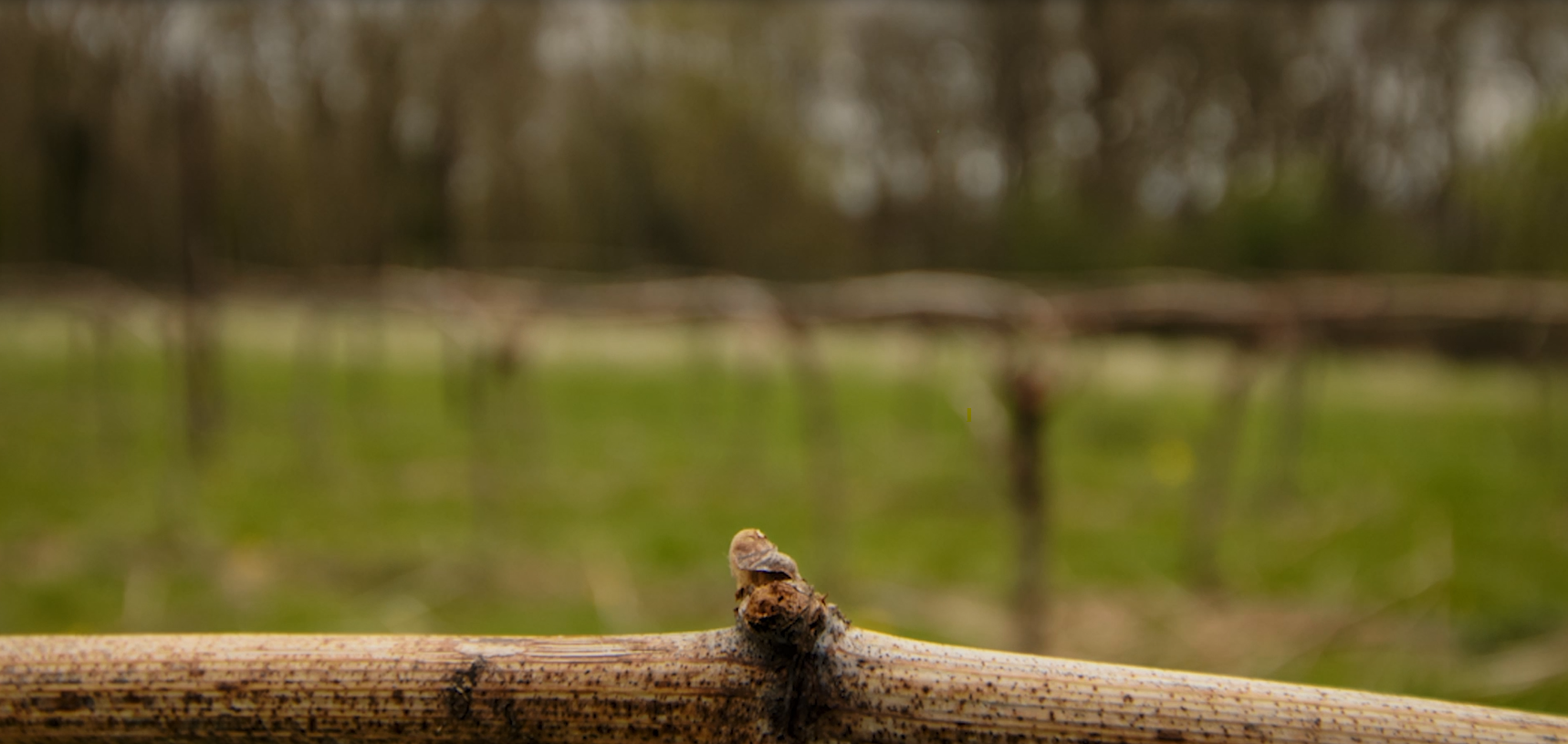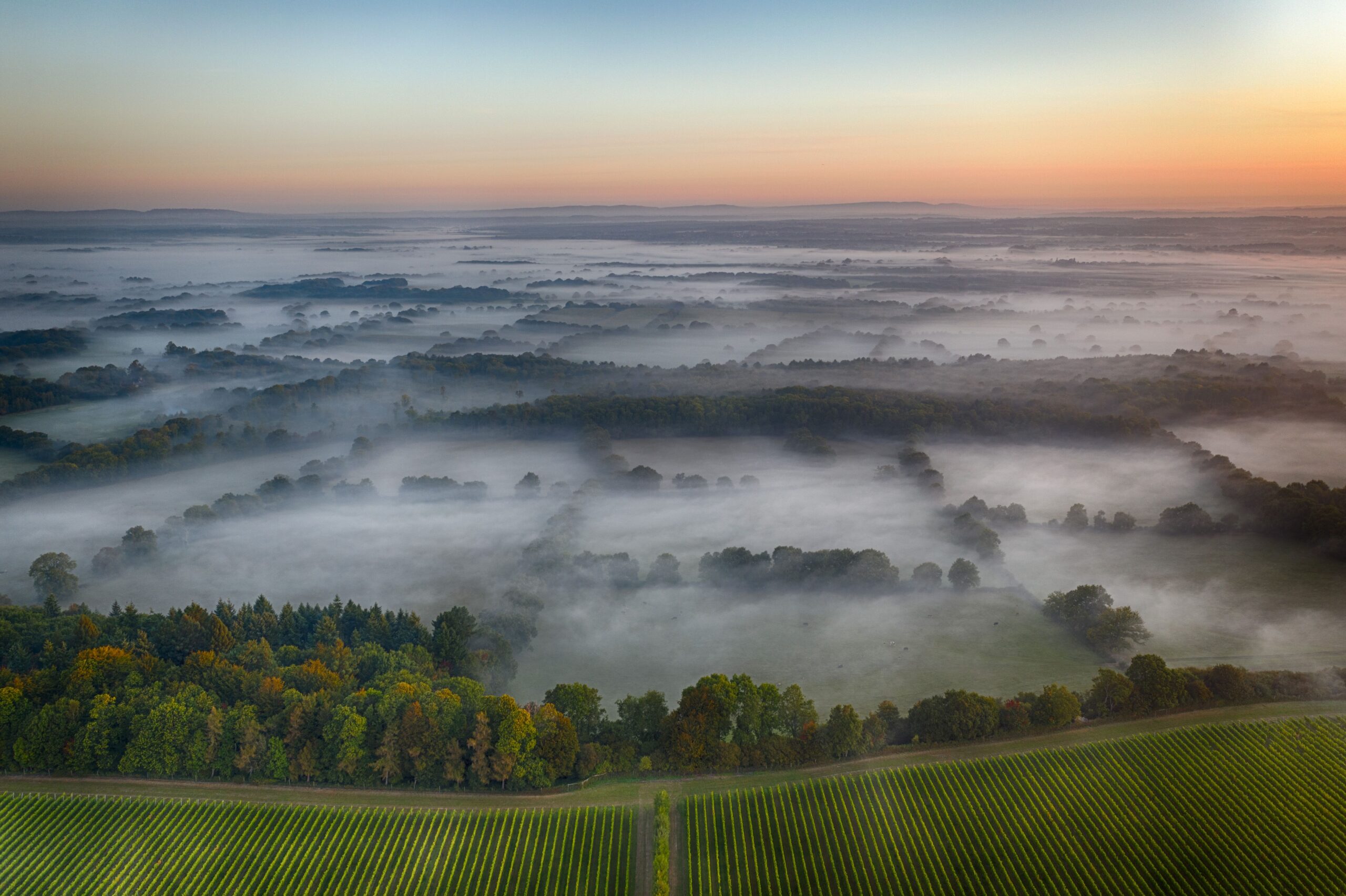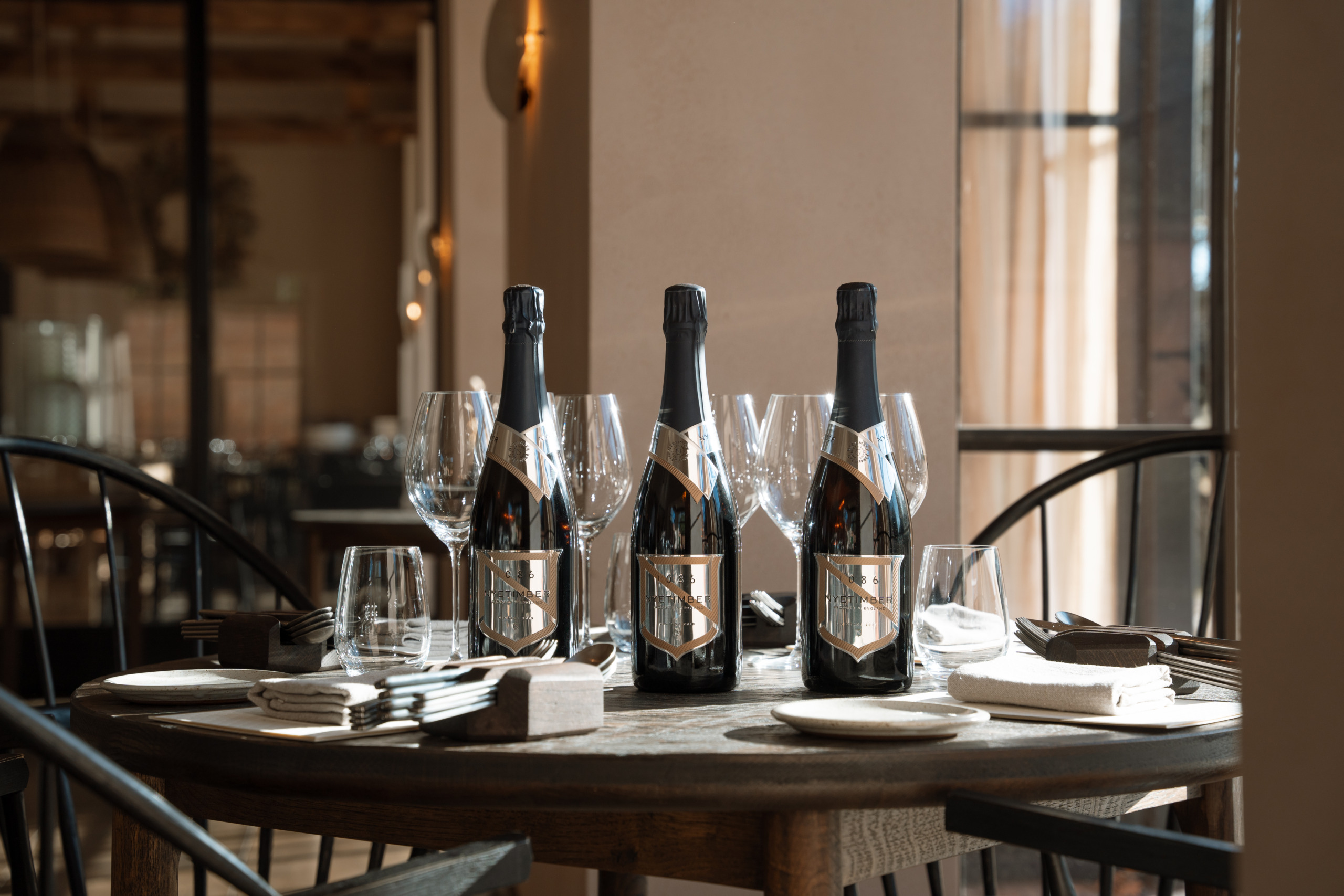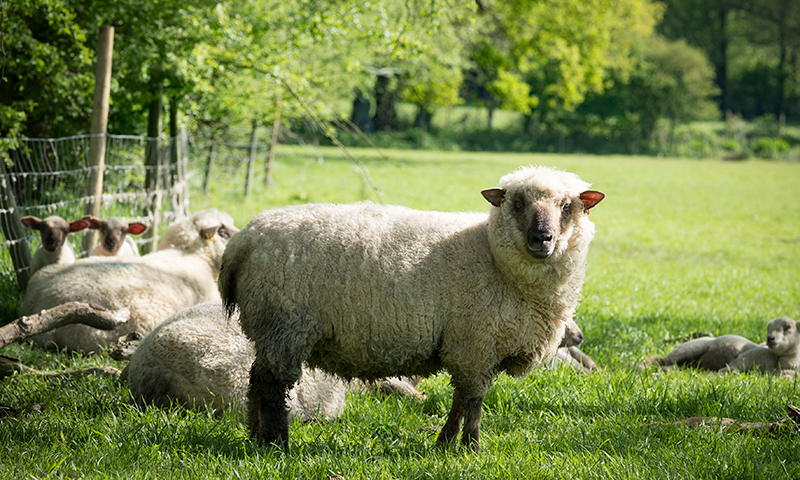Spring in England can be a precarious time for grapevines. Delicate buds emerge just as the risk of frost lingers. This unpredictable spring weather presents a significant challenge for English winemakers. A single spring frost can devastate the vineyard. If temperatures plummet below freezing, the delicate new buds are especially vulnerable and can be damaged, reducing or even destroying the year’s potential crop.
Spring frosts, thankfully, aren’t a nightly occurrence, nor do they happen every year. “There are times when our temperamental English climate can make things difficult,” notes Nyetimber Head of Viticulture, Ben Kantsler. “But we do have tools in the toolbox to help mitigate against the challenges of the weather.”
When dealing with nature, being informed is vital, and the vineyard teams spend a lot of time weather-watching. When a frost looms, we’re prepared with a range of tactics to protect the vines, including lighting of candles, also known as bougies, throughout the vineyard; or using blowers or fans to circulate air and prevent frost pockets from forming on the ground. At Nyetimber, we only use estate-grown grapes from our own vineyards to make our wines. This gives us much greater control over how things are done across the vineyards throughout the year.
Spring isn’t just about weathering potential frosts, though; it also brings excitement. While anticipation builds for the year’s harvest, it’s also the perfect time to plant new vines. After meticulous research to find the ideal plot, spring ushers in the opportunity to establish these vines, faith in future harvests and celebratory moments to come.
Spring frosts aren’t a guaranteed threat, but budburst timing plays a key role in the growing season’s length. An early budburst increases the risk of frost damage, but also extends the growing period, allowing grapes to develop complex flavours on the vine. Conversely, a later budburst minimises frost risk but makes the vines more reliant on hot summers to ripen fully.
We might be at the mercy of the elements, but we love this time of year. The most uplifting of seasons, full of potential for the year ahead.
![CCMV_nav]()
![Rose_nav]()
![Demisec_nav]()
![bb16_nav]()
![Tillington_nav]()
![Nyetimber-1086-White-Menu-Image]()
![PCR_nav]()
![1086 Story]()
![1086 Wine Expressions]()
![Badminton Horse Trials]()
![Nyetimber-Menu-Our-Story]()
![Nyetimber-Menu-Environment]()
![SDNPT]()
![Nyetimber_OurStory_Employees]()
![Nyetimber-Menu-Awards]()
![Nyetimber_Wedding_Wine_Offerings_5]()
![Nyetimber_Wedding_Wine_Experiences_1-scaled]()
![Nyetimber_Wedding_Wine_Gifts-scaled]()
![Nyetimber_Wedding_Wine_Pairings_1ab]()




























